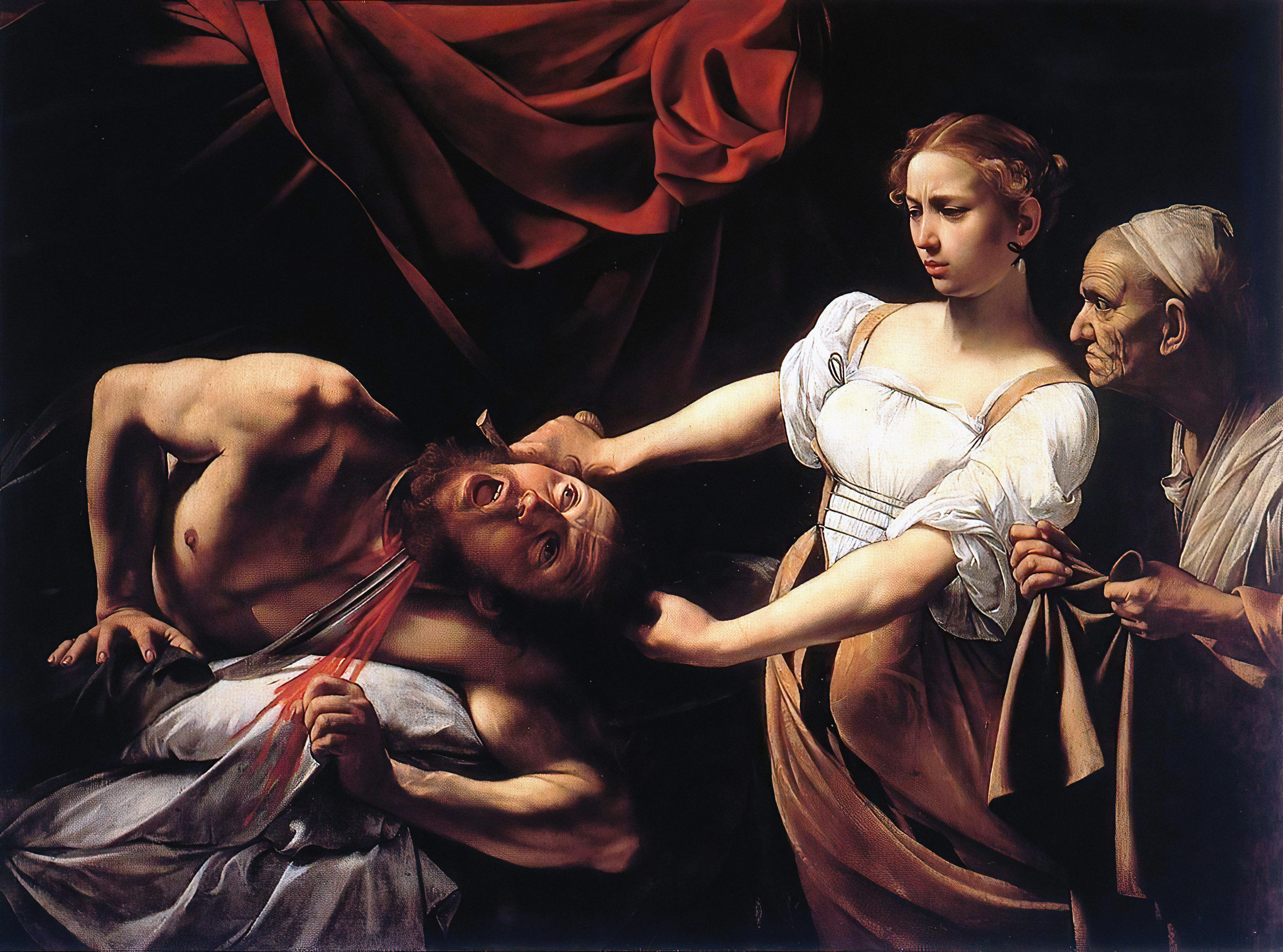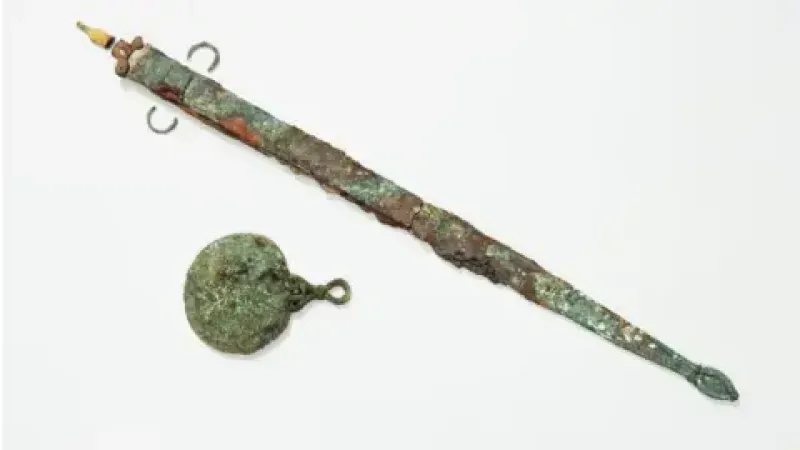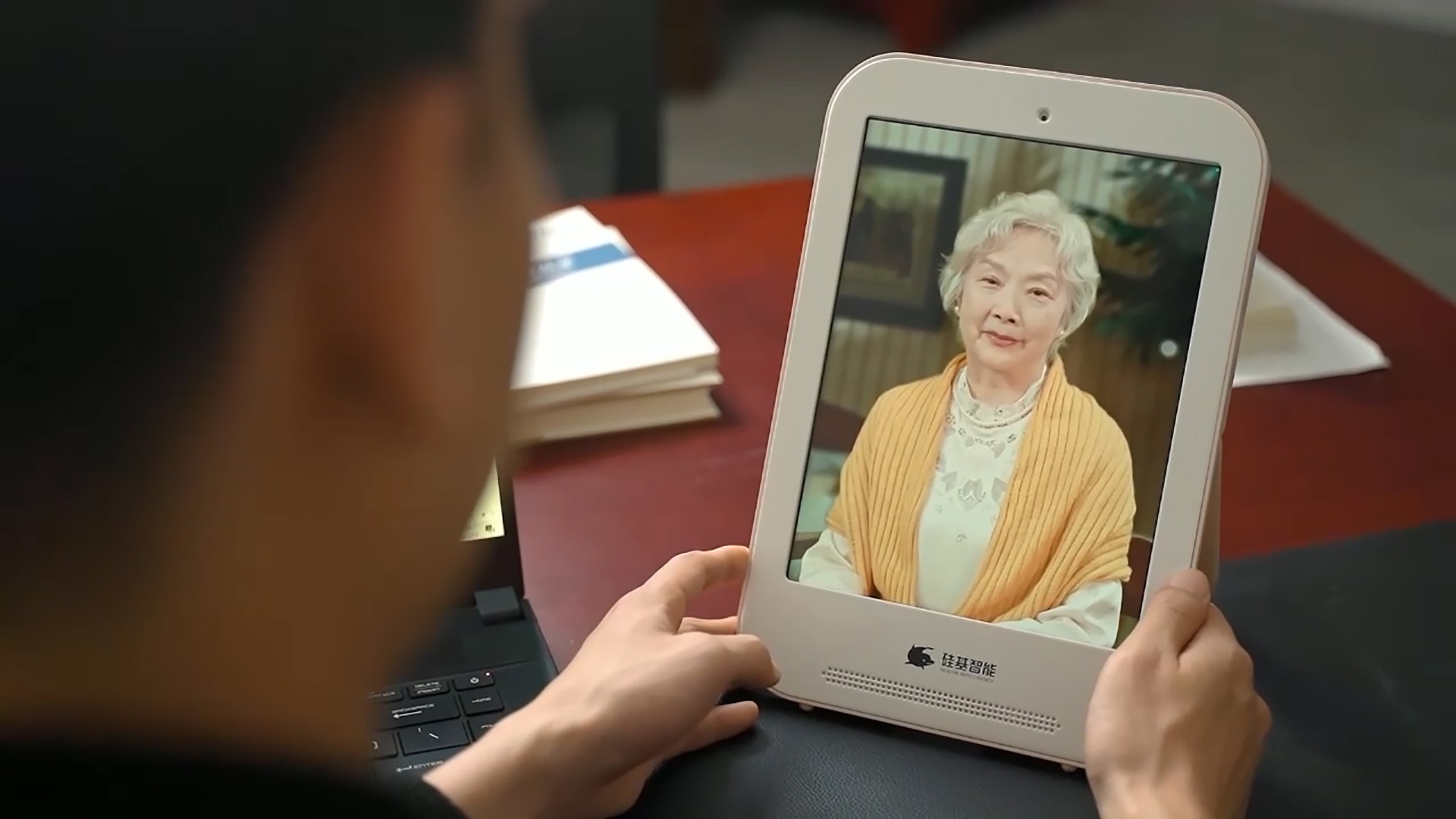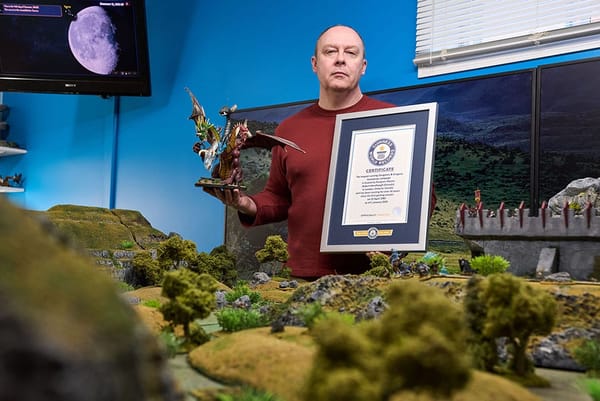Why did Tom Lehrer swap worldwide fame for obscurity?

From The Guardian: "There was Poisoning Pigeons in the Park, all about the joys of spring, and as darkly funny as its title suggests. There was the American football song Fight Fiercely, Harvard, which seemed to make cruel mock of those cold, dreary afternoons I was forced to spend watching my school play rugby. I didn’t know then that Lehrer had started out by paying to have his own record cut because the record companies were shocked by his songs, and selling the LP to fellow students at Harvard. At that time, Lehrer’s principal accomplishment was that he was a mathematics prodigy who had entered Harvard aged 15, in 1943, taken a first class degree aged 18 and a master’s a year later. But in 1960, the year after I discovered him, Lehrer stopped writing and performing. He has spent the rest of his life as an obscure mathematics lecturer."
The Renaissance painter Caravaggio died while on the run from a murder charge

From the New Statesman: "In May 1606, Caravaggio’s rackety life caught up with him. He already had a long list of misdemeanours against his name. He had been twice arrested for carrying a sword without a permit; put on trial by the Roman authorities for writing scurrilous verses about a rival, Giovanni Baglione (or “Johnny Bollocks” according to the poems); arrested for assault, in one incident being injured himself (his testimony to the police survives: “I wounded myself with my own sword when I fell down these stairs. I don’t know where it was and there was no one else there”); arrested again for smashing a plate of artichokes in the face of a waiter; for throwing stones and abusing a constable (telling him he could “stick [his sword] up his arse”); and for smearing excrement on the house of the landlady who had had his belongings seized in payment of missed rent. There were more incidents, all meticulously recorded in the Roman archives."
Redheads require more anesthetic than other people because of a genetic mutation

From the National Library of Medicine: "Inhalational anesthetic requirements are remarkably uniform in humans, mainly being affected by age and body temperature. However, some anesthesiologists share an anecdotal impression that patients with natural red hair require more anesthesia than patients with other hair colors. The phenotype of nearly all red haired individuals can be traced to distinct mutations of the melanocortin-1 receptor gene. We thus tested the hypothesis that the requirement for the volatile anesthetic desflurane is greater in natural redhead than in dark-haired women. The desflurane requirement in redheads was significantly greater than in dark-haired women. Conclusion: Red hair appears to be a distinct phenotype linked to anesthetic requirement in humans that can also be traced to a specific genotype."
(Editor's note: If you like this newsletter, please share it with someone else. And if you really like it, perhaps you could subscribe, or contribute something via my Patreon. Thanks for being a reader!)
An Iron Age warrior from the Isles of Scilly was probably a woman

From the BBC: "Archaeologists had been baffled about the identity of the prehistoric skeleton since it was discovered by a farmer on the island of Bryher in 1999. The remains were found with both a 2,000-year-old sword and a mirror. Researchers said new analysis of tooth enamel revealed the warrior was most likely a woman. The body said the discovery of the sword and mirror is considered to be "highly unusual" as swords were normally found with men and mirrors with women in other burials of the same period. The single site on Bryher, discovered in a stone-walled chamber in a potato field, contained both objects and the remains of just one person. They were re-examined by scientists in the US using a new process that looks at tooth enamel. Previous attempts to identify the remains using DNA analysis had failed due to the disintegration of the bones."
Deepfakes of your dead loved ones are a booming Chinese business

From MIT: "Once a week, Sun Kai has a video call with his mother. He opens up about work, the pressures he faces as a middle-aged man, and thoughts that he doesn’t even discuss with his wife. His mother will occasionally make a comment, like telling him to take care of himself—he’s her only child. But mostly, she just listens. That’s because Sun’s mother died five years ago. And the person he’s talking to isn’t actually a person, but a digital replica he made of her—a moving image that can conduct basic conversations. They’ve been talking for a few years now. After she died of a sudden illness in 2019, Sun wanted to find a way to keep their connection alive. So he turned to a team at Silicon Intelligence, an AI company based in Nanjing, China. He provided them with a photo of her and some audio clips from their WeChat conversations."
The word orange was first used to mean the fruit and the color came later

From Literary Hub: "Most of the individual words for shades of red take their names from things that are that particular shade: maroon, for example, which comes from the French word for chestnut—or burgundy, ruby, fire engine, or rust. Crimson is a little different: it comes from the name of a Mediterranean insect whose dried bodies were used to create the vibrant red dye. Magenta is also different. It takes its name from a town in northern Italy, near which Napoleon’s troops defeated an Austrian army in June 1859. Orange seems to be the only basic color word for which no other word exists in English. There is only orange, and the name comes from the fruit. Tangerine doesn’t really count. Its name also comes from a fruit, a variety of the orange, but it wasn’t until 1899 that “tangerine” appears in print as the name of a color. There is just orange. But there was no orange, at least before oranges came to Europe."
This fish manages to cheat death not once but several times in a row
His fish friends back home are never going to believe him pic.twitter.com/FYCFc0jFuQ
— Nature is Amazing ☘️ (@AMAZlNGNATURE) May 30, 2024
Acknowledgements: I find a lot of these links myself, but I also get some from other newsletters that I rely on as "serendipity engines," such as The Morning News from Rosecrans Baldwin and Andrew Womack, Jodi Ettenberg's Curious About Everything, Dan Lewis's Now I Know, Robert Cottrell and Caroline Crampton's The Browser, Clive Thompson's Linkfest, Noah Brier and Colin Nagy's Why Is This Interesting, Maria Popova's The Marginalian, Sheehan Quirke AKA The Cultural Tutor, the Smithsonian magazine, and JSTOR Daily. If you come across something interesting that you think should be included here, please feel free to email me at mathew @ mathewingram dot com



